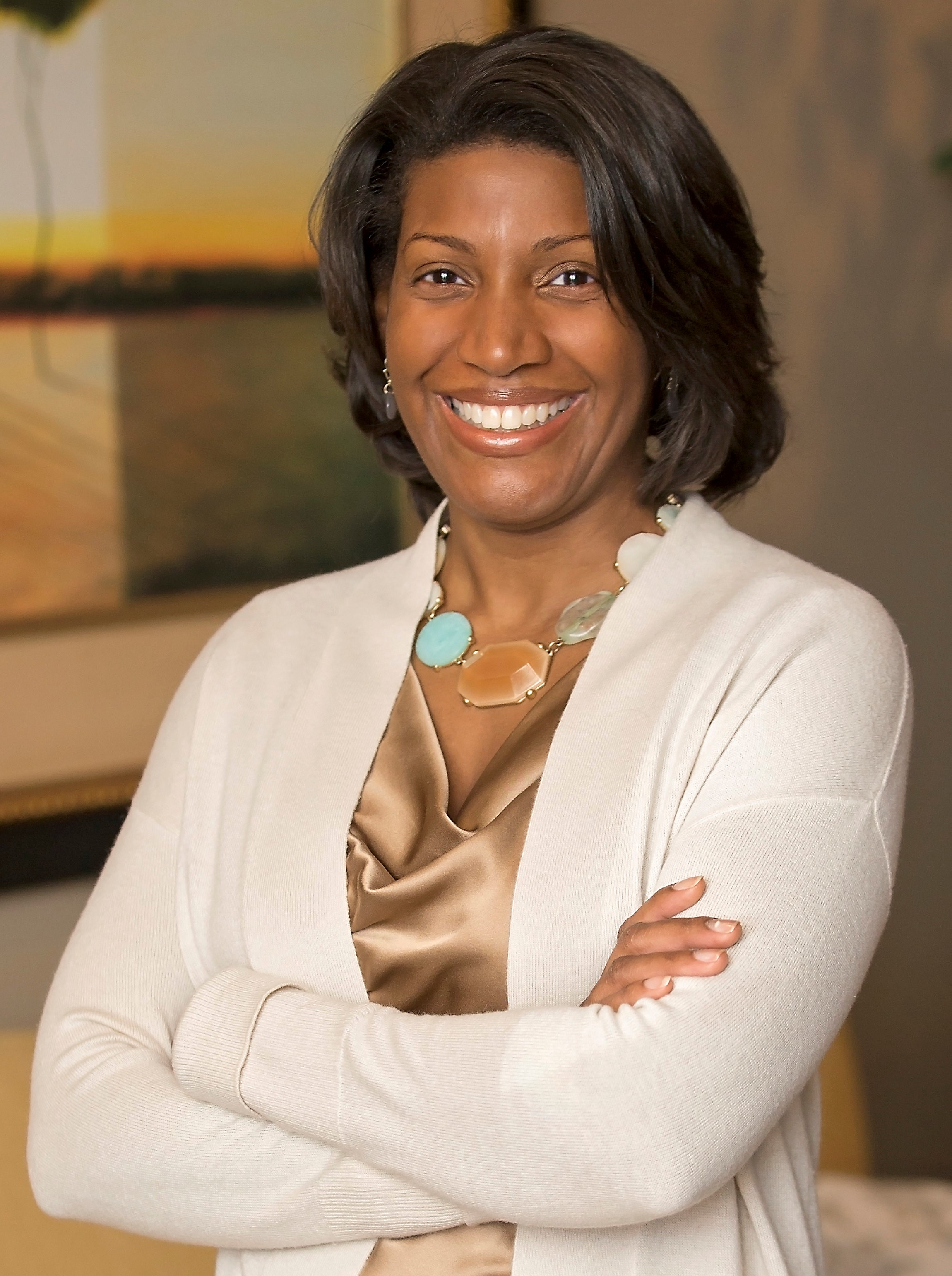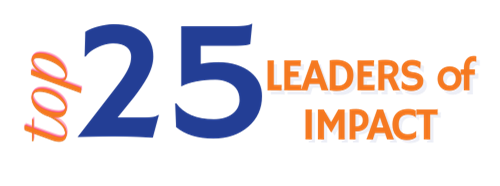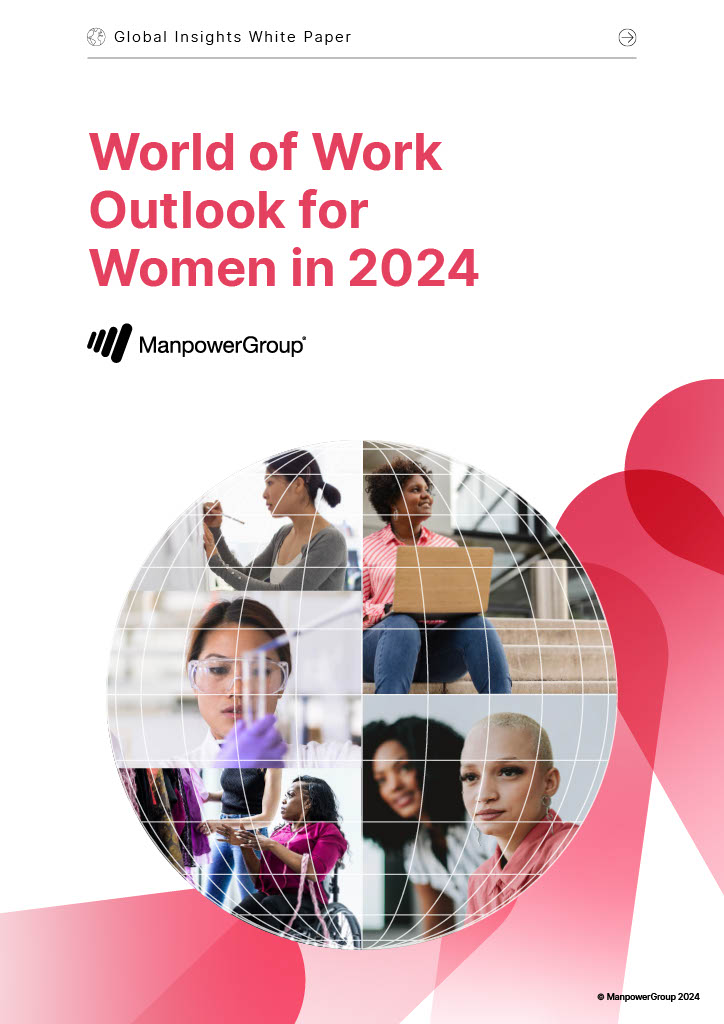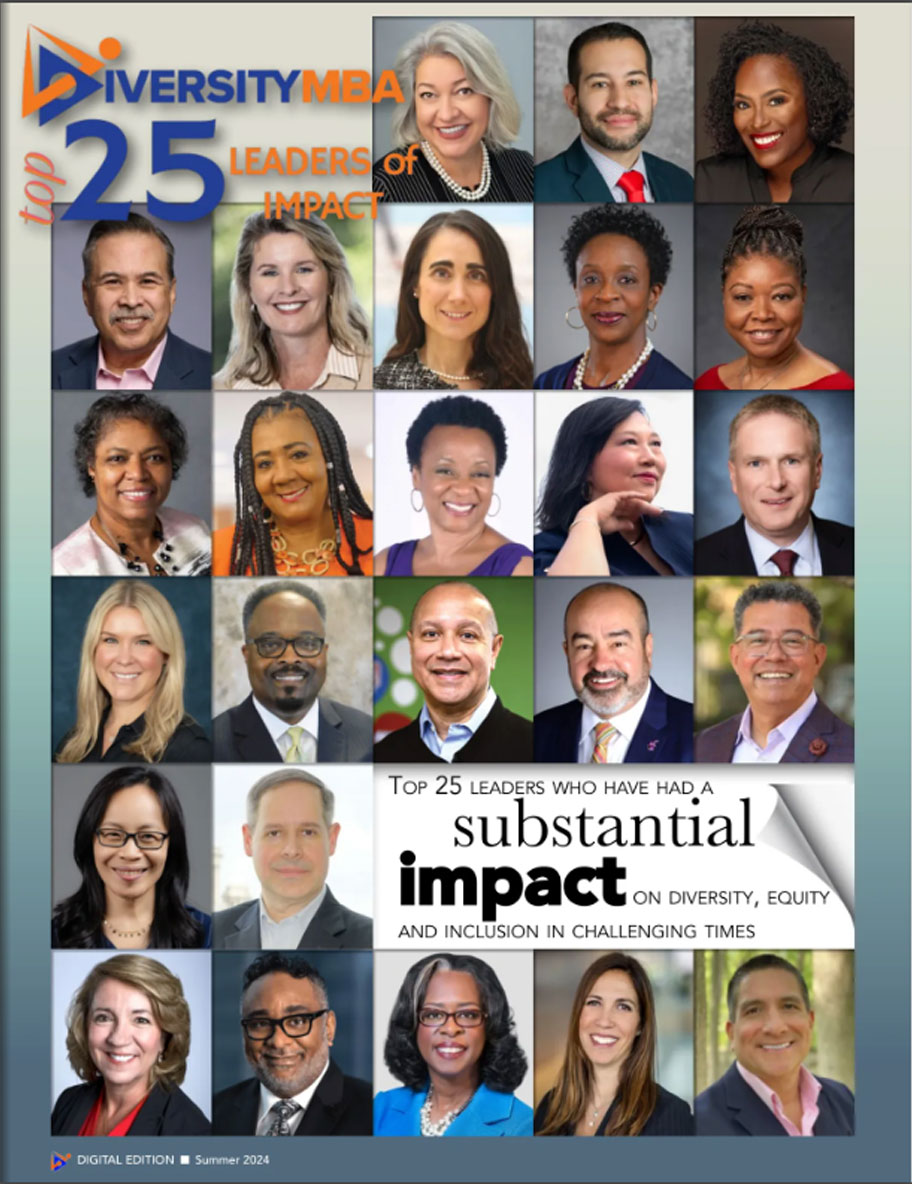“a remarkable testament to the power of activism to change lives” —Stacey Abrams, Founder and Chair of Fair Fight Action, Former Georgia House Minority Leader on Celeste Watkins-Hayes’ REMAKING A LIFE
“If it weren’t for HIV, I’d probably be dead.” —Dawn Stevens, 58, diagnosed with HIV in 1985
For over a decade starting in 2005, Northwestern professor Celeste Watkins-Hayes documented the hardships that women living with HIV/AIDS experienced both before and after their diagnoses. In interviewing over 100 women living with the disease, as well as prominent activists and policymakers, she found something unexpected—not despair, but a story of the profound power of personal and political transformation.
Enclosed please find a copy of this important new book: REMAKING A LIFE: HOW WOMEN LIVING WITH HIV/AIDS CONFRONT INEQUALITY (University of California Press; July 2019). Watkins-Hayes takes us deep into the lives of women living with this highly stigmatizing illness, and we witness how they flourish as they tap into the support systems, they need to manage their health, allowing them to draw upon their great reservoirs of resolve and spirit. For those who believe that our public policies and institutions are incapable of changing lives for the better, Watkins-Hayes turns those beliefs upside down. She shows how effective the HIV/AIDS community has been over the past 30 years at creating a support system of care, and she offers it up as a roadmap for how activism and political action can be harnessed in the battle against poverty, trauma, and public health crises. Watkins-Hayes talks to HIV/AIDS activists about their long fight, their tactics, and the incremental wins that ultimately brought the possibility of redemption for women dealing with a panoply of crushing obstacles.
In this trenchant ethnography of the AIDS epidemic in America, Watkins-Hayes introduces us to women from a variety of backgrounds, but she unequivocally demonstrates that HIV/AIDS is an epidemic fueled by inequality. Using Chicago as her backdrop, she explores how communities devastated by poverty, drug addiction, prostitution, and a lack of social services are places where HIV transmission is more likely to occur. Once these Chicago-based women receive their diagnoses, they are able to access the medical attention, psychiatric help, housing support, job training, and social support that had previously been lacking. The book grapples with the perverse irony that it took an HIV diagnosis for these women to get access to the help they always needed, and in the process offers a scathing indictment of our now-tattered social safety net that leaves so many to fend for themselves.
ADVANCE PRAISE
“Dr. Celeste Watkins-Hayes examines the resiliency of women facing incalculable challenges, and she chronicles the power of activism to change their lives for the better. By confronting what Watkins-Hayes calls the “injuries of inequality” and the AIDS response, Remaking a Life urges leaders to deliver bold policy solutions to address the complicated intersection of healthcare, social support, economic assistance, and civic engagement that could tackle persistent crises such as chronic homelessness, the ever-widening drug epidemic and the ongoing battle against HIV/AIDS. She offers an under-appreciated, solutions-driven model that untangles how the public sector can help individuals and communities in crisis, and in so doing, Watkins-Hayes carves a path forward to progress.”—Stacey Abrams, Founder and Chair of Fair Fight Action, Former Georgia House Minority Leader
“Watkins-Hayes carefully weaves together life and policy histories to give voice to the struggles of women marginalized by society, honoring their transformative work and efforts to make meaning across the life course. Remaking a Life is a powerful read and one critical for so many researchers, students, policymakers, and advocates to engage.” —Scott Allard, University of Washington
“A brilliant book on political and personal transformation. For anyone interested in how activism and advocacy work to challenge inequality and transform state policy, while also remaking lives in local communities across the country, this book is a must read.”—Cathy J. Cohen, author of Boundaries of Blackness: AIDS and the Breakdown of Black Politics
“A brilliant, ground-breaking analysis of how a diverse group of women living with HIV/AIDS transform their lives in the midst of seemingly insurmountable challenges surrounding the pervasive and devastating consequences of a broad range of structural inequalities. A must-read for scholars, activists, policymakers, various communities seeking to understand the continuing challenges of combatting HIV/AIDS as safety nets become more fragile.”—Beverly Guy-Sheftall, Founding Director of the Women’s Research and Resource Center at Spelman College and Anna Julia Cooper Professor of Women’s Studies
“Important, thoughtful, and original.”— Mario Small, Harvard University
Q&A WITH CELESTE WATKINS-HAYES
You interviewed over 100 women living with HIV/AIDS. When did you realize that this book would have a great sense of hope and redemption?
Sometimes the best research uncovers something surprising and unexpected. Talking with women living with HIV/AIDS for more than a decade, I heard many stories about trauma and struggle, perhaps not surprising given the devastation wrought by the epidemic and the dynamics that fuel it. But I also heard stories of transformation. Women in my research talked about following a trajectory that began with dying from HIV/AIDS and took them to living with and even thriving despite HIV. I became deeply curious as more and more women’s stories followed this pattern.
My book does not downplay or romanticize the devastation of the epidemic or the other struggles women are facing. Rather, it’s about how women take those circumstances and reinvent themselves. And in the process, they develop new tools and strategies to cope with and confront what I call the injuries of inequality. How do people gather the courage to stand up to forces that can destroy them, and how do they make radical changes in their lives in the process? How do people do this with limited resources or with a highly stigmatizing condition? Those are the questions that I explore in the book.
What I came to realize is that this experience applies not only to women living with HIV/AIDS but to individuals confronting a variety of challenges produced by the inequalities that operate in our lives.
Is there an individual woman you spoke with whose experience is most representative of the book’s broader themes?
There are so many women with fascinating and diverse stories in the book that it’s hard to point to one. I talked to women of significant economic resources who never imagined that their lives would take this turn and to women who have been economically and socially marginalized all of their lives who told me that the HIV diagnosis was not the worst thing that’s ever happened to them. The women who probably intrigued me the most were those who had such radical life changes that it was as though they had two lives. I’m thinking of HIV/AIDS activist Gina Brown who describes her history of childhood sexual trauma, drug addiction and living on the streets of New Orleans. Gina is now one of the most inspiring and effective HIV/AIDS activists in the country. She is a community organizer, earned a masters degree in social work, and served on the President’s Advisory Council on HIV/AIDS during the Obama administration. In the HIV/AIDS community, Gina and many others found an unexpected place to create their lives anew.
You discuss the difference between “dying from,” “living with” and “thriving despite.” Can you elaborate on the differences?
Dying from is a state of extreme distress. What I discovered is that the women I interviewed were dying not just from the health condition that is HIV/AIDS but also from the shame, stigma, and trauma. Many were also dying from addiction, early sexual abuse, untreated mental health issues, and economic and social conditions like homelessness and poverty.
Living with is a place whereby women are gathering the tools to live with HIV as a chronic illness rather than as a death sentence. It’s about managing their health and addressing the psychological hurdles like shame and social isolation that can accompany an HIV diagnosis. But it is also about developing new strategies to navigate the economic and social inequality that may have put women more at risk for HIV acquisition in the first place. It’s about finding stable housing, income, and social support so that there are fewer ongoing crises that can distract from taking care of one’s health.
Thriving despite takes place when women take a leadership role in their communities, building strong families, and significantly improving their physical and mental health. It happens when they become politically and civically engaged, speak out about HIV, health care access, and educate those around them. Thriving despite is about turning those past hurts, struggles, and traumas into fuel to make change.
What role did activism and private charities play in providing a safety net for these women once they got sick? What do private charities do that government can’t or fails to do?
The extraordinary conversion of HIV/AIDS from an inevitable death sentence to a manageable chronic illness in well-resourced countries like the United States is one of the most noteworthy medical achievements of the past 35 years, as well as a significant social achievement. This mobilization of activists brought about an extensive HIV/AIDS safety net offering four vital things: access to healthcare, modest economic assistance, extensive social support, and a path to political and civic engagement. The HIV safety net functions through a three-sector partnership (public, private, and nonprofit). Private charities can get to know communities on the ground and often have more flexibility to experiment with innovative programs. From small community-based organizations to large national and international entities, they are critical partners in HIV/AIDS work.
If you could give politicians one takeaway from the book what would it be?
If the policy goal of ending the HIV epidemic by 2030 is going to be reached, we must ensure that the HIV safety net is an integral part of the strategy. It is that safety net – the health care services, social support services, drug and alcohol rehabilitation services, and other assistance — that provides the crucial support system for people living with HIV to thrive. People will not utilize the very effective medications if they are derailed by stigma, mental health challenges, addiction, or economic instability. The solution to ending the epidemic is not just biomedical, it’s also social.
We have ample evidence demonstrating that services funded by the Ryan White Care Act, the Housing Opportunities for People Living with HIV/AIDS Program, and other programs in the HIV safety net are highly effective. We have to continue to support them.
Can you explain how “successful transformative projects” these women enact often include community organizing and activism? Why is this such an important component to move into “thriving despite”?
Community organizing and activism enjoys a long history in the HIV/AIDS epidemic. It’s about using the power of storytelling to shape attitudes, behaviors, and policies. Women realize that they have a voice and something to contribute. A backstory of shame and struggle can become a testament to the ability that we all possess to remake our lives in the wake of life’s traumas. Civic and political engagement is about using gifts and talents that may have been previously ignored in the service of the greater good. People living with HIV have opportunities to teach, to break down barriers, to confront stigma, and to help us end this epidemic. They have the potential to make major contributions to our world because that community has already done so time and time again. And they inspire us to think about what other hidden and underutilized voices are out there.
How does REMAKING A LIFE fit into the discussion of our American healthcare system and the debates around social services today?
The HIV system of care offers some valuable lessons. The Ryan White Care Act passed with bipartisan support in 1990 and it still continues to enjoy bipartisan support. Republican and Democratic presidents have made important contributions to the HIV safety net in the US and abroad. In the wake of our opioid crisis, Senator Elizabeth Warren and Congressman Elijah Cummings introduced legislation to help communities grappling with opioid epidemics that was modeled off the Ryan White Care Act. President Trump has now declared that he would like to see an end to the epidemic in the US by the year 2030.
That doesn’t mean that politicians haven’t put their own ideological spin on HIV/AIDS policy, sometimes in ways that were contrary to the scientific evidence. But my hope is that this issue continues to have bipartisan support focused on ending the epidemic. My hope is that we can think of the broader healthcare system in similar ways.
In the book, I grapple with the unfortunate irony of my analysis and its policy implications. Many women who were struggling with poverty and other serious issues did not receive assistance under after their HIV diagnosis. That says that our societal safety net has been perversely shaped to intervene only when people are already deeply injured or assumed to pose a threat to public health. The fire had to be raging before we installed the fire extinguisher.
So I also hope that we challenge the idea that social services and safety nets are inherently problematic. Because of political rhetoric, we’ve been conditioned to believe that every form of assistance is a handout that serves as a hammock rather than a ladder. I’ve seen in my research that the opposite is often true. The services provided through the HIV safety net offer critical resources for survival and stability.











